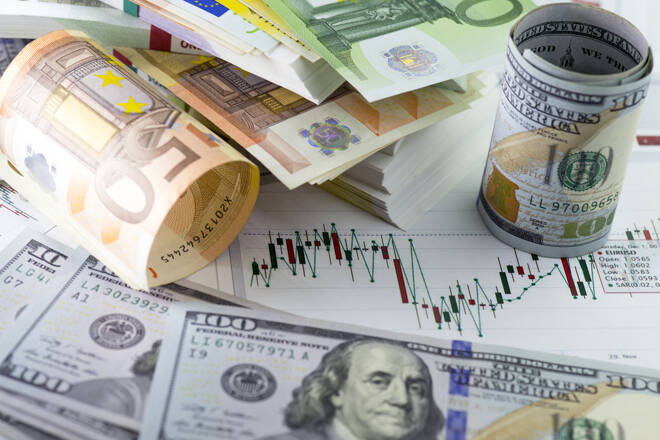Advertisement
Advertisement
Sweetwood Capital Monthly Market Insights
By:
Stocks on Sale on Black Friday
Equity and bonds markets were down across the board in November, first because of inflation concerns, then at the end of the month, because of omicron, the variant of concern. Indeed, this new variant, which was recently detected, made the world return to a high level of uncertainty: restrictions and travel bans came back, as it is spreading worldwide.
The financial consequences have been a sell off for recovery stocks as well as profit taking on growth stocks, during what should have been a long and calm Thanksgiving weekend. Since then, it’s been a back-and-forth week for the markets, as right now no investor has a clue what is the correct thing to do.
However, what did rally last month was the US Dollar. The EUR/USD even traded below 1.12 at some point, the lowest level for the Euro in almost 18 months. With a rate hike soon expected to happen, the USD strengthened versus all currencies, or almost all.
The Israeli currency, the Shekel, came close to a level of three Shekels to the Dollar, its mid-90’s levels, and even if the USD has been getting stronger, the Shekel is now surprisingly the world’s strongest currency. Because of this, in a table published by The Economist on December 1st, Tel Aviv is now rated to be the most expensive city in the world.
Inflation rates also continue to rise nearly everywhere. A new record was reached in the Eurozone (4.9%) while the US is revisiting 1990, with an inflation rate of 6.2%. Transitory? As Powell clearly stated, this is not a term to be used any more when talking about inflation.
Nevertheless, supply chain issues started to show signs of easing: according to some companies they are now encountering fewer shipping bottlenecks, and the prices of some components are trading slightly lower (but are still high compared to historical levels).
During its last meeting, the Fed announced the details of its well anticipated cutback in bond purchases: a $15 billion monthly reduction, so that by June the reduction of the $120 billion monthly purchases should be completed. A couple of days after the meeting, a strong jobs report came to reinforce the idea that the time has come for less support.
Now, with such an inflation increase, in between two meetings, Chairman Jerome Powell (who has been reappointed for a second term) said that the central bank should announce a faster than expected tapering, so a rate hike could come quicker as well if needed.
Of course, all this is not doing any good to Joe Biden’s agenda, whose spending could be largely impacted by rising costs and rising rates. Although, his argumentation is that, on the contrary, his social bill will significantly reduce the Americans’ cost of living. The Republicans, needless to say, are not yet convinced.
Finally, Black Friday and Cyber Monday sales disappointed slightly, which didn’t help the most skeptical to build back a bullish sentiment.
As for us, the relatively high volatility in this year’s end, reminds us that even if companies show strong financial results and positive estimates ahead, we are still in a fragile environment and the uncertainty related to the resurgence of COVID cases or the emergence of new variants can be a sudden game changer for capital markets.
Having said that, and while we tend to lower the risk by balancing our allocation, in terms of assets, geography and even sectors, being under allocated can be even more hurtful than any temporary downside. Finally, the one thing we do not recommend is selling in time of general panic, since we learn from history that this is never the correct policy to adopt.
As always, risk-management combined with rigorous sector and geographical diversification will remain key factors for investment performance.
You are more than welcome to contact us to discuss our investment views or financial markets generally.
Best regards,
About the Author
Myriam Nircontributor
Myriam started her career in the Financial Markets in 2006, as a Stocks and Derivatives Broker at Camalia Capital Markets.
Did you find this article useful?
Latest news and analysis
Advertisement
